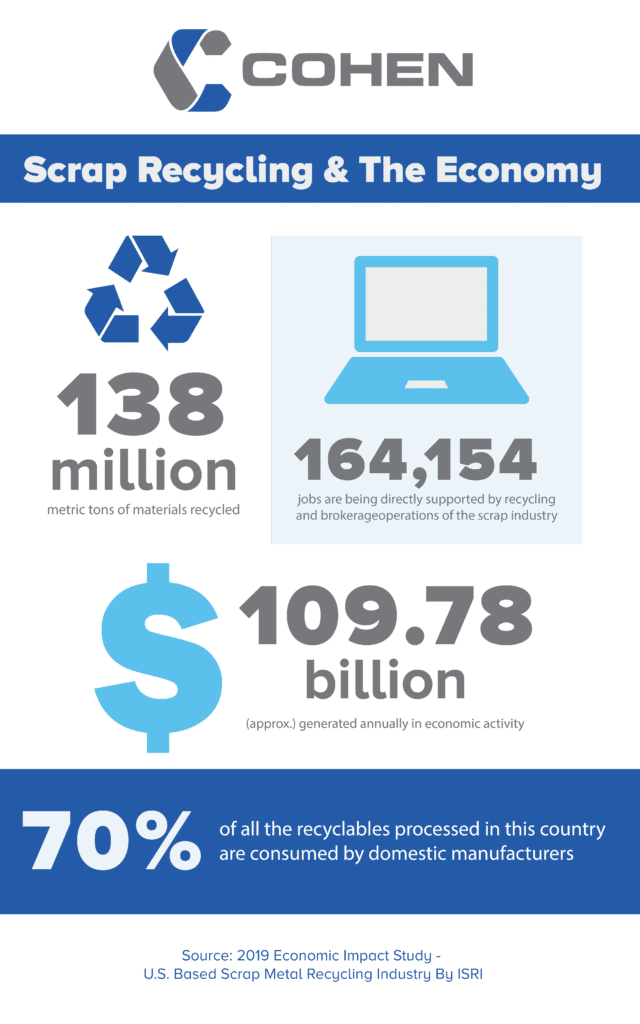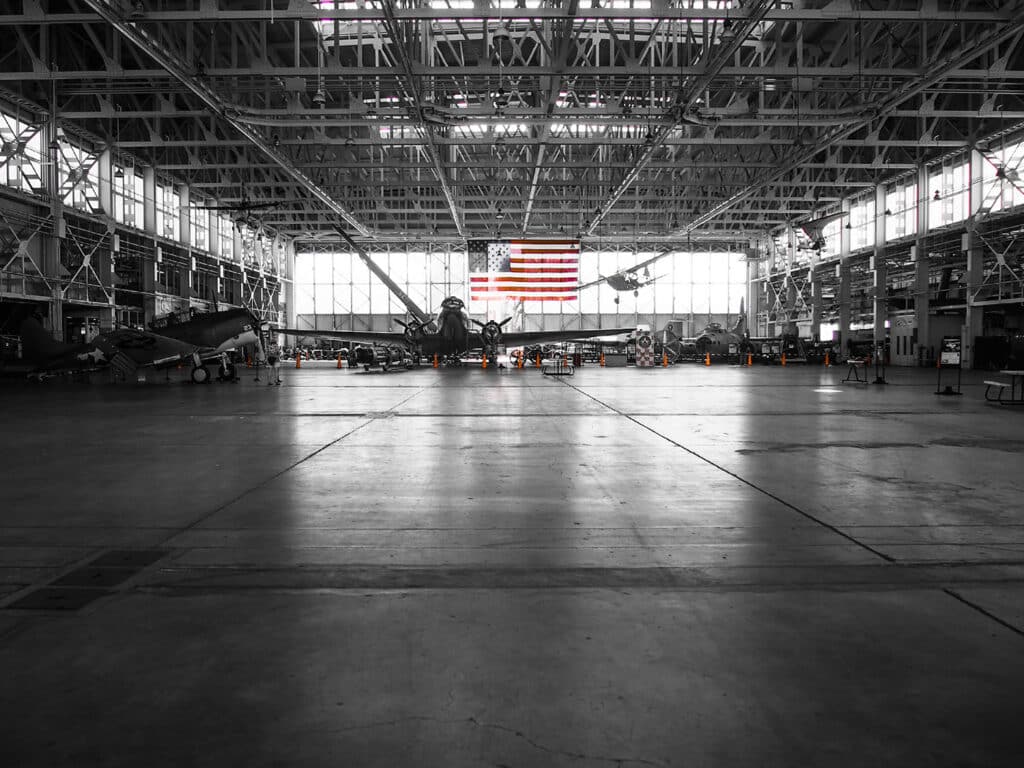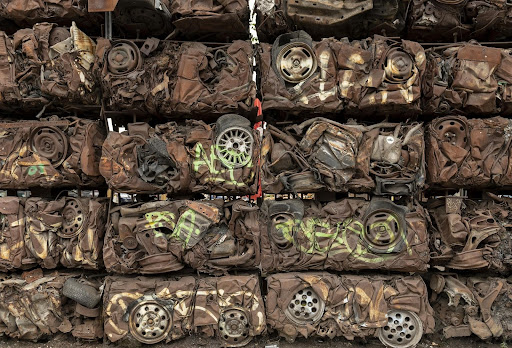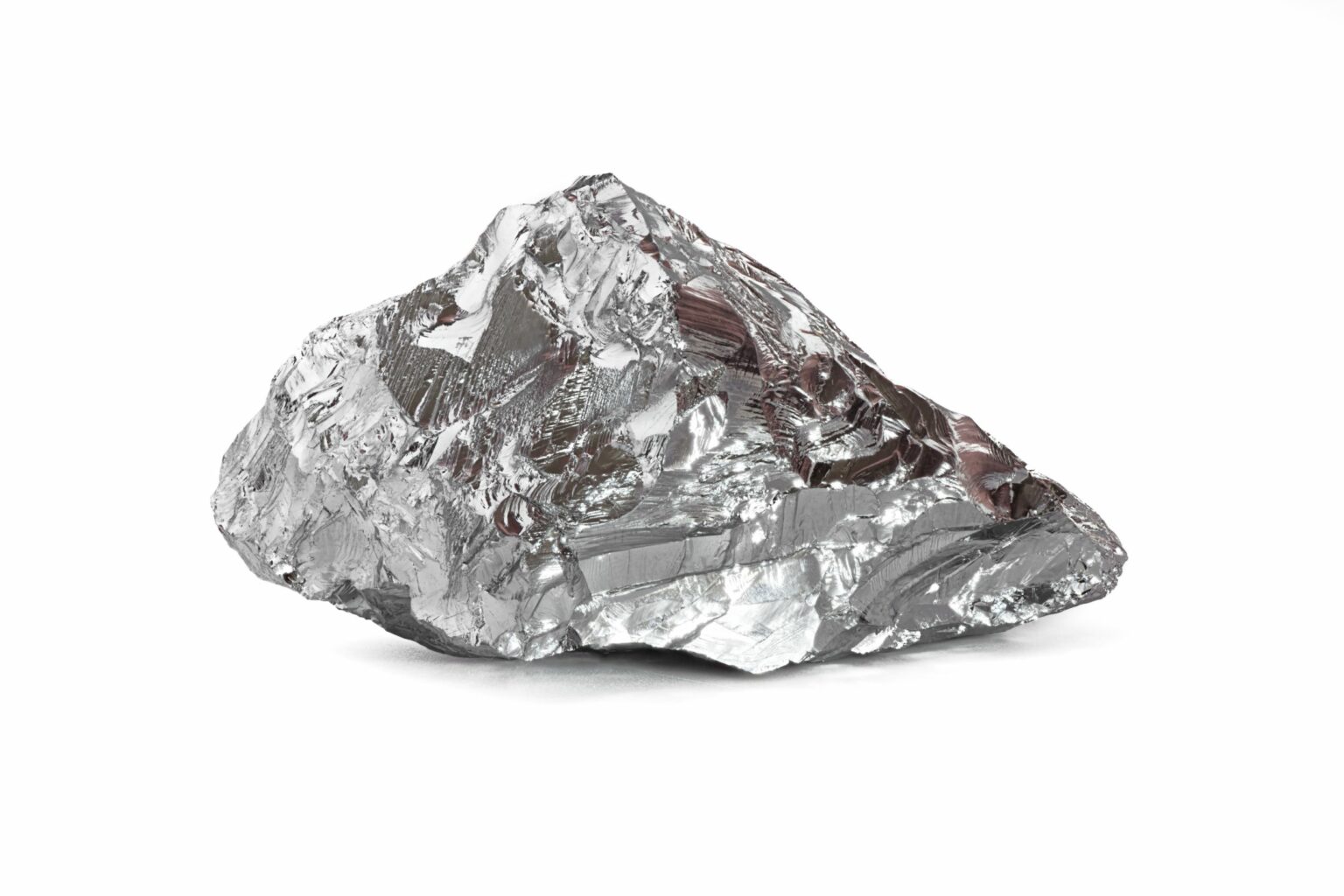The history of scrap metal in the United States of America dates back as far as the founding fathers.
Especially in times of conflict, metal has been in demand for weaponry, ammunition and the vehicles of war. From Lexington, Mass. to Appomattox Court House, Va. to the Ardennes Forest in Belgium, it’s been the patriotic duty of every American to reduce, reuse and recycle metal and other commodities.
The History of Scrap Metal In U.S.
Paul Revere might not have yelled “The British are coming! The British are coming!” on his way to Lexington in 1775, but there’s a good chance the horse he rode was fitted with shoes formed with recycled metal.
Not surprisingly, the legend of “Paul Revere’s Ride” from town to town to warn colonialists of advancing British soldiers never mentions scrap metal. Yet Revere and his contemporaries recycled all kinds of commodities, including metals, that were scarce in the colonies.
In fact, Revere was a silversmith before the Revolution, and in later years he owned a hardware store, a foundry and the first rolling copper mill in the new nation he helped form.
CALLS TO ARMS
Eighty six years after that famous ride, President Abraham Lincoln ordered a blockade of southern ports to put pressure on the Confederacy during the Civil War, making it nearly impossible for rebel states to obtain metal and other commodities they needed to wage war. While southerners donated “…church bells, steeples, gates, pots and pans, farm equipment and scraps,” soldiers “gathered spent ammunition and rifles from the fallen to be sold as scrap or reused.”
Americans recycled all kinds of commodities during World War I, with people on the home front doing their part to support fighting forces overseas. The scrap trade continued after the war ended, and that’s where Cohen Recycling’s roots took hold: immigrants Phil and Mose Cohen founded their scrap recycling business in Middletown, Ohio, to supply the American Rolling Mill Company.
Later, The Great Depression brought hard times for everyone, including scrap collectors, but that all changed on the “day that will live in infamy.”
During World War II, scrap metal recycling really exploded. After Japan bombed Pearl Harbor on Dec. 7, 1941, and Germany declared war on the United States, Americans dedicated themselves to doing whatever was necessary to help the war effort.
Scrap For Victory
In 1942, as raw recruits were being trained as soldiers ready for action in the Pacific and Europe, the sleeping giant of U.S. citizens began preparing for war, as well. For them, the battle was to conserve, reuse and recycle as much as possible, especially scrap metal.
“Salvaged iron and steel were essential to the open-hearth method of steel production. Only a five- or six-week supply was on hand when the Japanese struck Pearl Harbor,” wrote Ronald H. Bailey in a story for World War II Magazine (reprinted on Historynet.com). “Furthermore, it was a need Americans could readily perceive. Unlike paper and waste fat, for example, the relationship of metal to armaments seemed dramatically clear.”

“What scrap is worth” by ianturton is licensed under CC BY-NC-SA 2.0
Scrap metal collection programs sponsored by the federal government and competitions dreamed up by businesses like the Omaha World-Herald encouraged people to gather as much aluminum, copper, steel and tin as possible. Families contributed pots and pans, farmers stripped from old machinery, cities tore down statues and shipped off cannons from previous wars, and kids gathered just about everything else.
There was a lot to be had. According to Farm Collector magazine, “By the beginning of World War II, an estimated 1.5 million tons of scrap metal lay useless on U.S. farms – enough to build 139 battleships weighing 900 tons each; 750,000 tanks of 18-27 tons each; or countless airplanes, weapons and other war materiel.”
Programs carried patriotic names like “Scrap for Victory,” “Salvage for Victory,” “Schools at War” and “Get in the Scrap,” with the latter suggesting kids could engage in battle, i.e., “the scrap,” against the forces of Hirohito and Hitler, just like the soldiers fighting the war.
The Environmental Movement
Following WWII into the 1950s, scrap metal recycling slowed considerably as Americans became accustomed to a consumer-driven, “disposable” way of life. But by the 1960s, another type of patriotism had gained a foothold.
“It wasn’t until the environmental movement of the 1960s and 70s, heralded by the first Earth Day in 1970, that recycling once again became a mainstream idea,” according to How Stuff Works. “Though recycling suffered some lean years – due to public acceptance and the market for recycled goods not growing – it has generally increased from year to year.”
SCRAP METAL AND TODAY’S ECONOMY
Scrap metal continues to be important to manufacturing in the United States, with recycling helping to support jobs and the economy overall.
A recent study commissioned by the Institute of Scrap Recycling Industries found that, “…people and firms that purchase, process, and broker old materials to be manufactured into new products in America provide 531,510 adults with good jobs in the United States and generate approximately $109.78 billion annually in economic activity.”
And the march goes on.





